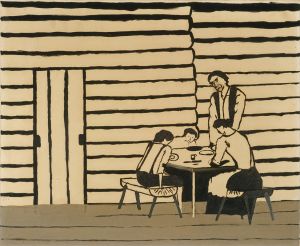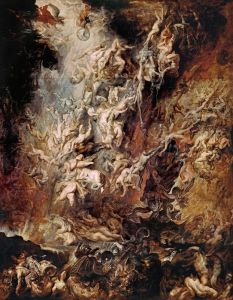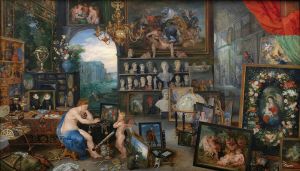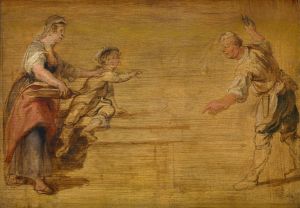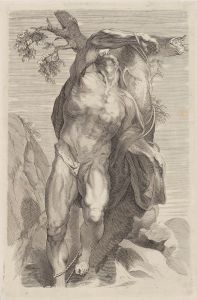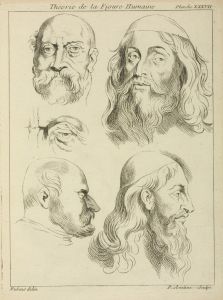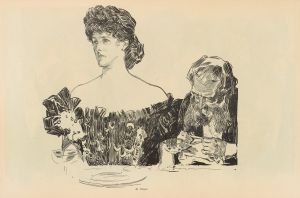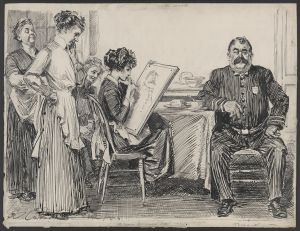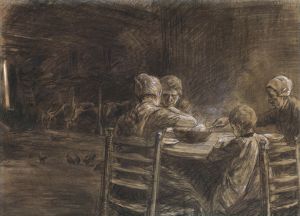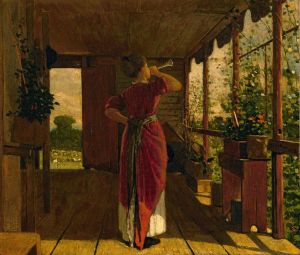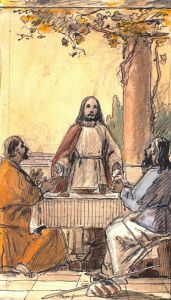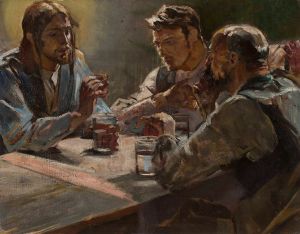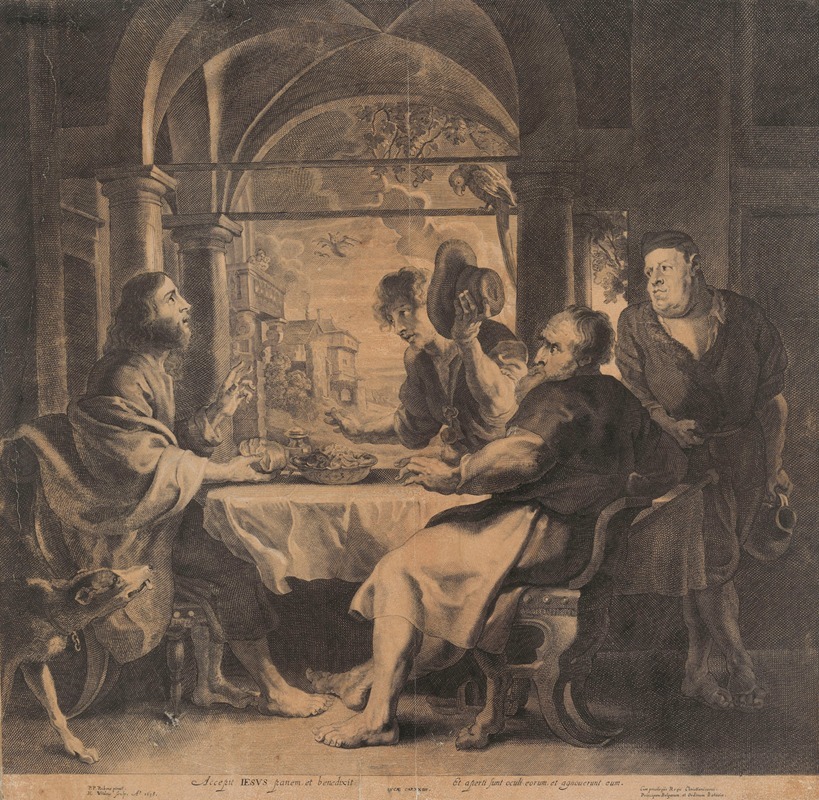
The Supper at Emmaus
A hand-painted replica of Peter Paul Rubens’s masterpiece The Supper at Emmaus, meticulously crafted by professional artists to capture the true essence of the original. Each piece is created with museum-quality canvas and rare mineral pigments, carefully painted by experienced artists with delicate brushstrokes and rich, layered colors to perfectly recreate the texture of the original artwork. Unlike machine-printed reproductions, this hand-painted version brings the painting to life, infused with the artist’s emotions and skill in every stroke. Whether for personal collection or home decoration, it instantly elevates the artistic atmosphere of any space.
"The Supper at Emmaus" is a painting by the renowned Flemish Baroque artist Peter Paul Rubens. Created around 1611, this work is an exemplary representation of Rubens' mastery in capturing dramatic religious scenes with vivid emotional intensity and dynamic composition.
The painting depicts the biblical episode from the Gospel of Luke (24:13-35), where the resurrected Jesus reveals himself to two of his disciples during a meal at Emmaus. In this scene, the moment of recognition is portrayed with striking clarity and emotional depth. Rubens skillfully uses light and shadow to highlight the astonished expressions of the disciples as they realize the true identity of their guest.
Rubens' composition is marked by its dramatic use of chiaroscuro, a technique that contrasts light and dark to create a sense of volume and three-dimensionality. The central figure of Jesus is bathed in a soft, divine light, which serves to emphasize his spiritual significance. The disciples, seated on either side of Jesus, are captured in mid-reaction, their faces and gestures conveying a mix of surprise, reverence, and awe.
The setting of the painting is a humble interior, with a simple table laid out with bread and wine, symbolizing the Eucharist. This detail not only grounds the scene in a tangible reality but also reinforces the theological significance of the event. The use of rich, warm colors and the meticulous attention to detail in the depiction of textures, such as the folds of the garments and the surface of the table, are characteristic of Rubens' style.
Rubens was deeply influenced by the Italian Renaissance, particularly the works of Caravaggio and the Venetian masters like Titian. This influence is evident in "The Supper at Emmaus" through the dramatic lighting, the realistic portrayal of human figures, and the emotional intensity of the scene. However, Rubens' unique ability to infuse his compositions with a sense of movement and vitality sets his work apart.
"The Supper at Emmaus" reflects Rubens' profound understanding of religious themes and his ability to convey complex theological concepts through art. The painting not only captures a pivotal moment in Christian narrative but also invites viewers to reflect on themes of faith, revelation, and the presence of the divine in everyday life.
This work is part of the collection at the Musée des Beaux-Arts in Grenoble, France. It remains a significant example of Rubens' religious paintings and continues to be admired for its artistic excellence and spiritual depth.





